When it comes to keeping our homes clean and dust-free, a vacuum cleaner is an essential tool. But with so many options available in the market, choosing the best vacuum cleaner can be overwhelming. That’s why it’s important to understand the key features and specifications that make a vacuum cleaner stand out.
When comparing vacuum cleaners, there are three primary specifications that are useful to consider. The first is the motor input power, which can be measured in watts or amps. For a direct comparison, it’s best if all machines have motor input power specified in watts. Water lift, also known as sealed suction, is another important specification to consider, as it indicates how well the vacuum cleaner will perform as the bag fills and the filters load. Airflow, measured in cubic feet per minute (CFM), is the most important specification when it comes to cleaning ability, as it determines how effectively the vacuum moves dirt from surfaces to the dust bag or container.
For canister vacuum cleaners, a recommended airflow is 100 CFM or more, along with a water lift of 90 inches or more. Upright vacuum cleaners come in two basic designs: “Direct Air” or “Dirty Air” design where the dirt passes through the motor, and by-pass motor design where unfiltered air does not go through the motor. By-pass uprights typically offer airflow specifications of 60 CFM or better. When choosing a vacuum cleaner, it’s important to consider its airflow and water lift specifications for the best cleaning ability.
Key Takeaways:
- Motor input power, water lift, and airflow are important specifications to consider when comparing vacuum cleaners.
- Canister vacuum cleaners should have an airflow of 100 CFM or more and a water lift of 90 inches or more.
- Upright vacuum cleaners can have either “Direct Air” or “Dirty Air” design or by-pass motor design, with airflow specifications of 60 CFM or better.
- Consider the airflow and water lift specifications to choose a vacuum cleaner that meets your cleaning needs.
- Selecting a vacuum cleaner with optimal specifications ensures efficient cleaning and better results.
Bagless Vacuum Cleaners – Pros and Cons
Bagless vacuum cleaners have gained popularity due to their convenience and cost-effectiveness. Unlike traditional vacuum cleaners that require bags, bagless models use an onboard filter to trap dirt and dust, eliminating the need for replacement bags. This makes bagless vacuuming seem more affordable in the long run. However, it’s important to note that bagless vacuum cleaners still require periodic filter replacements, although less frequently than bag changes.
A common concern with bagless models is the potential release of dust and debris when emptying the dirt receptacle. It’s essential to develop a technique to minimize the release of dust and maintain a clean environment. Bagless vacuum cleaners offer the advantage of easily seeing the amount of dust and dirt collected, providing visual satisfaction in knowing your cleaning efforts.
Consider the pros and cons of bagless vacuum cleaners before making a purchase decision.
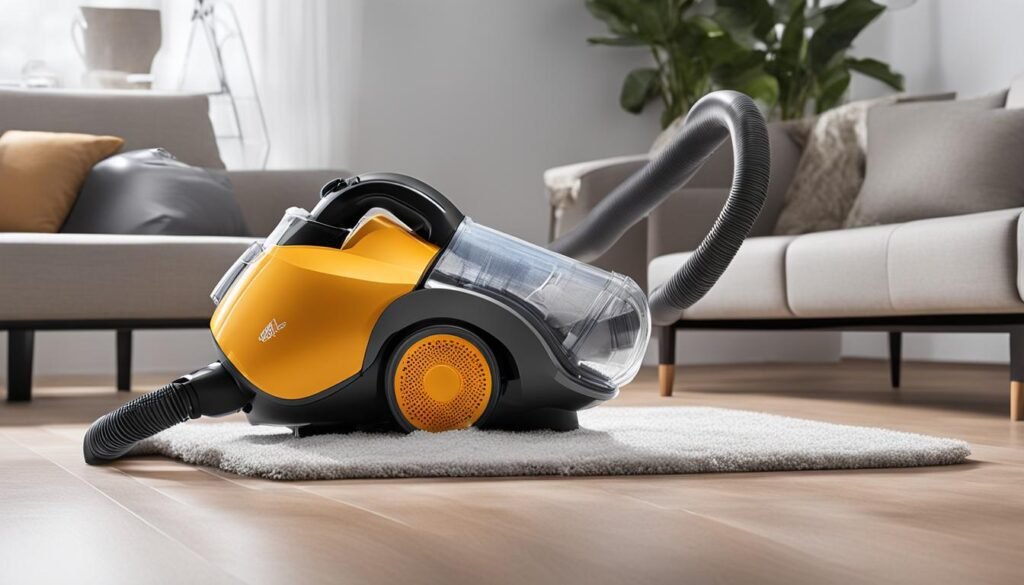
Choosing a Powerful Vacuum Cleaner – Suction Power Guide
When it comes to selecting a vacuum cleaner, suction power is a critical factor that directly impacts its cleaning performance. Whether you’re dealing with carpets or heavily soiled areas, higher suction power ensures effective cleaning. That’s why it’s essential to look for vacuum cleaners with high suction power, as they provide the necessary strength to tackle tough cleaning tasks.
If you have a large space or a home with pets that shed a lot of hair, powerful vacuum cleaners with high or strong suction are particularly recommended. These models will effortlessly remove embedded dirt and pet hair from your floors, leaving them spotless. To ensure a clean and healthy environment, consider vacuum cleaners with advanced filtration systems, such as HEPA filters, which effectively trap fine particles and allergens.
Before making your purchase decision, evaluate the suction power specifications of different vacuum cleaners. This will help you choose a model that aligns with your specific cleaning needs. With a powerful vacuum cleaner, you can unlock the true potential of deep cleaning and effortlessly maintain a clean and healthy living space.
FAQ
What are the important specifications to consider when comparing vacuum cleaners?
The important specifications to consider when comparing vacuum cleaners are motor input power, water lift, and airflow. Motor input power is measured in watts and indicates the machine’s power. Water lift indicates how well the vacuum cleaner performs as the bag fills and filters load. Airflow, measured in cubic feet per minute (CFM), determines how effectively the vacuum moves dirt to the dust bag or container.
What is the difference between “Direct Air” and “Dirty Air” design in upright vacuum cleaners?
The difference between “Direct Air” and “Dirty Air” design in upright vacuum cleaners is how the dirt passes through the motor. In the “Direct Air” design, the dirt passes through the motor, while in the “Dirty Air” design, unfiltered air does not go through the motor. By-pass uprights, which have the “Dirty Air” design, typically offer airflow specifications of 60 CFM or better.
What are the advantages and disadvantages of bagless vacuum cleaners?
Bagless vacuum cleaners offer the convenience of not requiring bags and are considered more cost-effective in the long run. They use an onboard filter to trap dirt and dust, eliminating the need for bag replacement. However, bagless models still require periodic filter replacements. Another common concern is the potential release of dust and debris when emptying the dirt receptacle. Bagless vacuum cleaners allow you to easily see the amount of collected dust and dirt. Consider the pros and cons before purchasing a bagless vacuum cleaner.
How important is suction power in a vacuum cleaner?
Suction power plays a crucial role in a vacuum cleaner’s cleaning performance, especially for carpets and heavily soiled areas. Models with high suction power provide the necessary strength to tackle tough cleaning tasks effectively. Powerful vacuum cleaners, such as those with high or strong suction, are recommended for large spaces or homes with pets that shed a lot of hair. Advanced filtration systems, like HEPA filters, can effectively trap fine particles and allergens. Evaluate the suction power specifications of different vacuum cleaners to choose one that meets your cleaning needs.

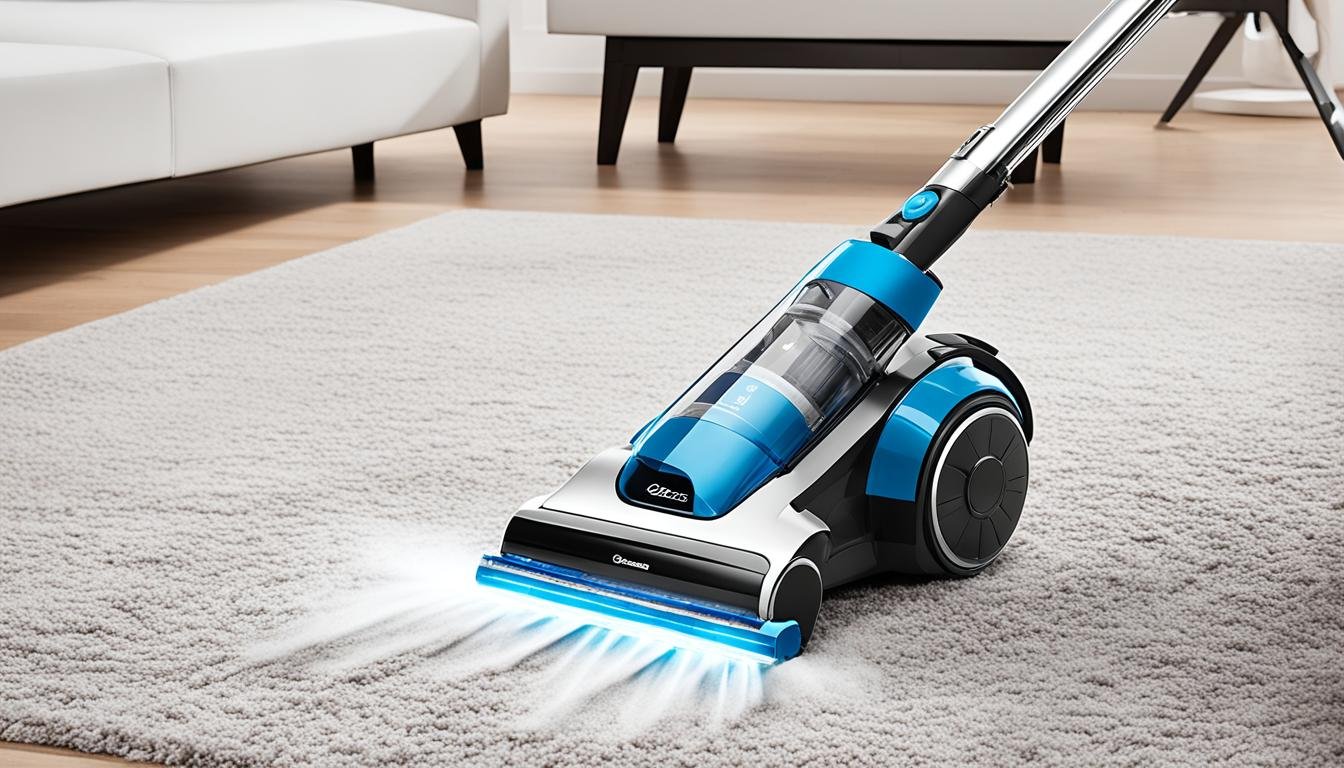
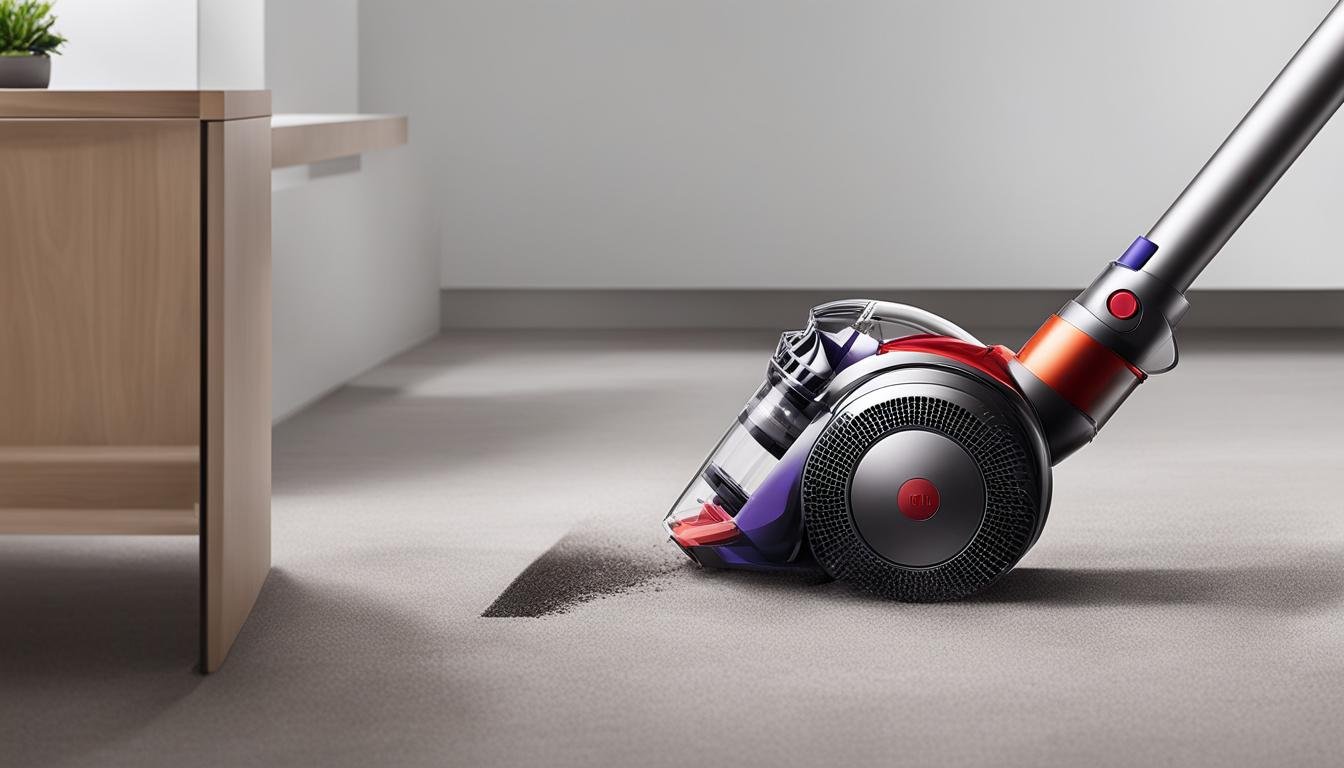
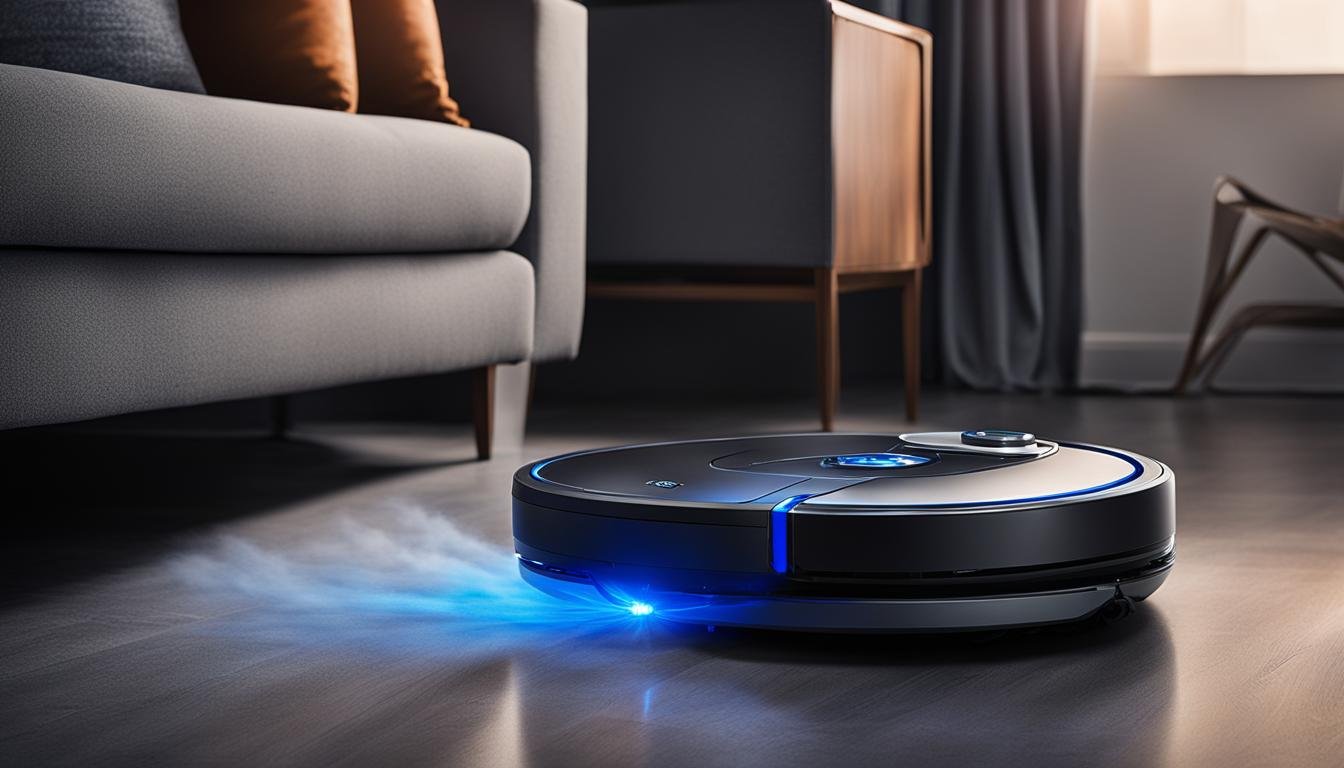
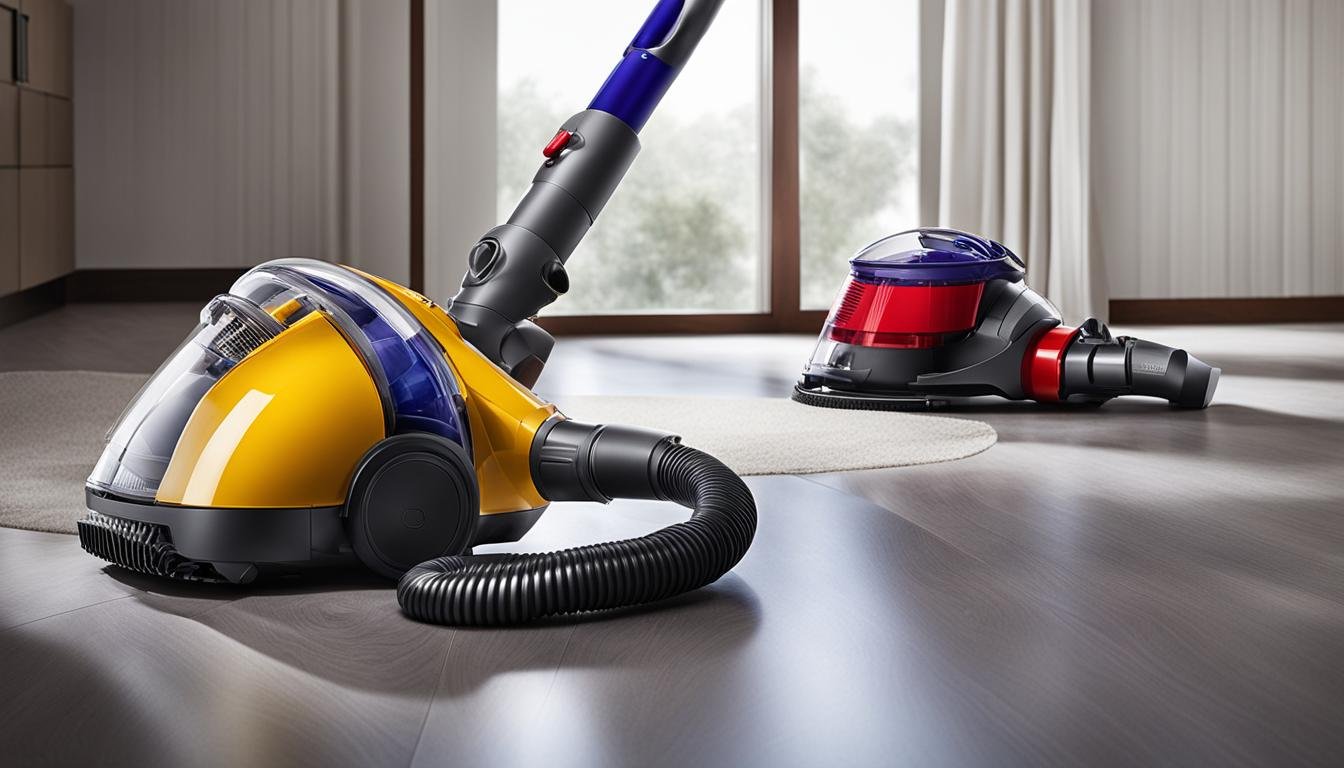
Leave a Reply